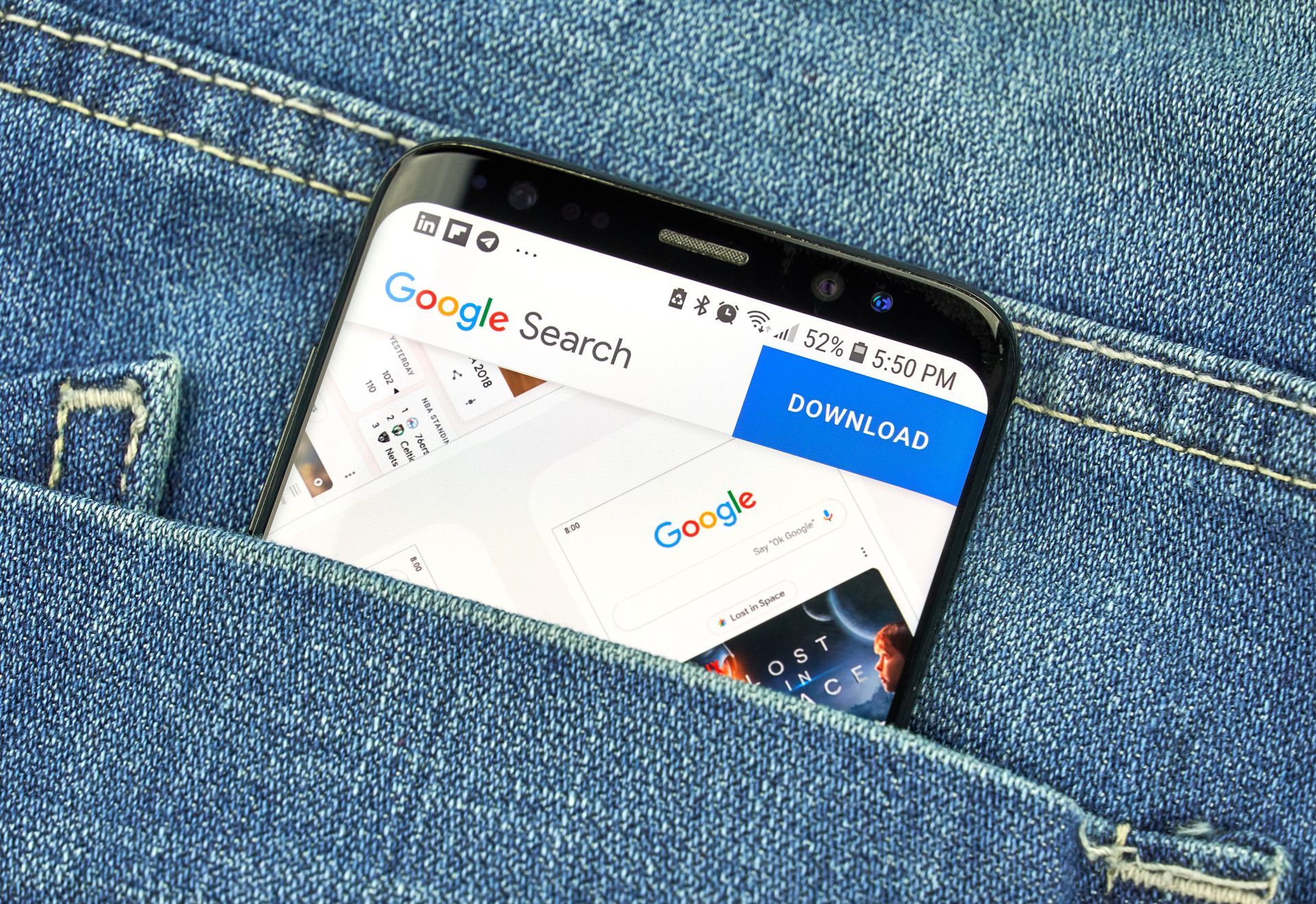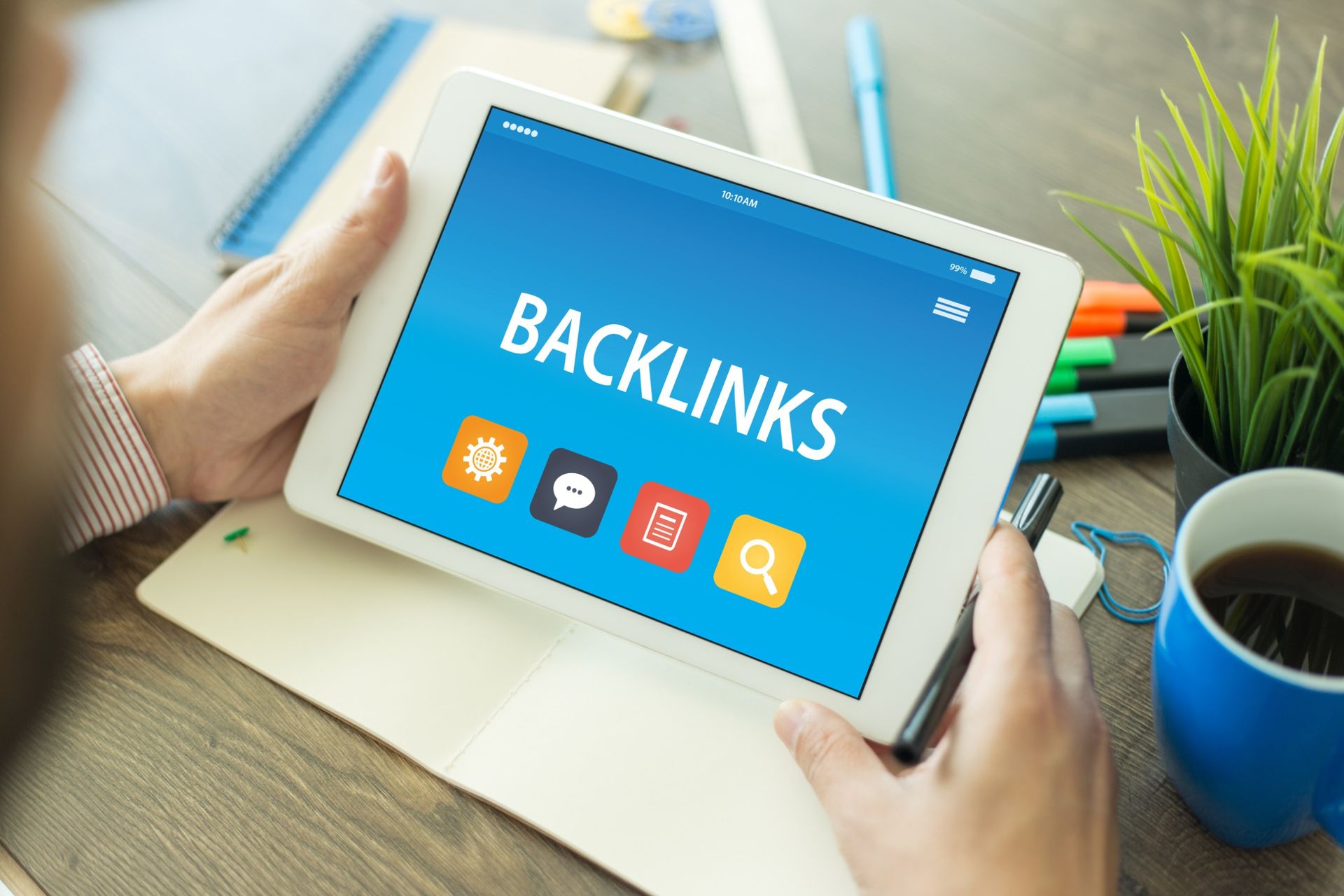How to Create High-Converting Landing Pages That Generate Leads
A strong landing page can be the secret weapon behind your business's lead generation efforts. With a well-structured layout, persuasive copy, and strategic design elements, you can convert casual visitors into valuable leads. But what exactly makes a landing page high-converting, and how can you ensure your pages deliver the ROI you’re aiming for?
This blog dives into the art and science of landing page creation. You’ll learn the essential elements that drive conversions, common mistakes to avoid, and actionable tips for optimizing your pages for better performance. Whether you’re creating your first landing page or looking to refine an existing one, this guide is for you.
What Makes a Landing Page "High-Converting"?
Before jumping into the how-to, let's clarify what we mean by "high-converting." A high-converting landing page is one designed to encourage a specific action—whether that's signing up for a newsletter, downloading an eBook, or scheduling a demo.
The more users who complete this action compared to the total number who view the page, the higher the conversion rate.
Here are some key characteristics of high-converting landing pages:
- Clear Purpose: A singular, focused goal aligned with the audience’s needs.
- Compelling Headlines: Attention-grabbing and relevant headlines that pique interest immediately.
- Engaging Visuals: High-quality imagery or videos that support the messaging.
- Strong Calls to Action (CTAs): Bold, action-oriented CTAs placed strategically.
- Credibility Builders: Trust signals like testimonials, awards, or stats to eliminate hesitations.
Now that we've established the principles, let's dig into the specifics of creating your own high-converting landing page.
Step 1: Define Your Goal and Audience
Start with a Clear Objective
Every effective landing page begins with a well-defined goal. Ask yourself:
- What action do I want visitors to take?
- What value am I offering in exchange for their information?
For example, if you’re promoting a new webinar, your end goal might be to collect email addresses for registration. Everything on the page, from the headline to the CTA, should align with this objective.
Understand Your Audience
Tailoring your landing page to your target audience is non-negotiable. Learn their pain points, motivations, and preferences. Use this insight to craft a message and offer that resonates. For instance:
- If your audience is time-strapped professionals, emphasize efficiency and clarity.
- If they’re cautious first-time buyers, provide plenty of trust signals to alleviate concerns.
Understanding your goal and audience sets the foundation for the next steps.
Step 2: Write a Captivating Headline
The headline is the first thing visitors will notice, making it arguably the most important element on your page. A great headline grabs attention and provides clarity about what the user can expect.
Tips for Writing Landing Page Headlines:
- Be Specific: “Download Our SEO Tips Guide” is better than “Improve Your Website.”
- Highlight Value: Focus on outcomes. For example, "Boost Website Traffic by 150% with These Tools" makes the benefit clear.
- Make It Time-Sensitive: Adding urgency, like “Sign Up Today to Secure Your Spot,” can boost conversions.
Your headline should work alongside other content to draw users in and keep them scrolling.
Step 3: Optimize Your Page Layout
A cluttered design can overwhelm visitors and lead them to abandon your page altogether. Simplicity and clarity are key.
Essential Landing Page Layout Features:
- Above-the-Fold Content: Place your most compelling content (headline, CTA, value proposition) where it’s immediately visible without scrolling.
- Visual Hierarchy: Use size, color, and placement to guide users’ attention to key elements.
- Whitespace: Don’t overcrowd the page. Whitespace improves readability and focuses attention on important info.
- Mobile Optimization: With more people landing on pages via mobile than desktop, ensure the experience is seamless across devices.
Make your layout intuitive and distraction-free. Every element should lead visitors toward the CTA.
Step 4: Write Persuasive Copy
Your landing page copy acts as your digital salesperson, convincing the reader to act. It needs to be clear, concise, and customer-focused.
Core Principles of Persuasive Landing Page Copy:
- Speak to the Audience’s Pain Points: Address their challenges directly and position your offer as the solution.
- Be Benefit-Driven: Instead of listing features (“Includes 10 Templates”), explain benefits (“Save Hours With Pre-Built Templates”).
- Use Action-Oriented Language: Write in a way that prompts immediate action, like “Get Started Now,” instead of “Learn More.”
Keep paragraphs short and use bullet points for readability.
Step 5: Craft an Irresistible CTA
Your call to action is where conversions happen—or don’t. A weak, generic CTA like “Submit” can deter visitors from taking action, while a well-designed CTA boosts conversions.
How to Optimize Your CTA:
- Be Specific: Instead of "Click Here," use phrases like “Get My Free Guide” or “Reserve My Spot Now.”
- Make It Stand Out: Use bright, contrasting colors for your CTA button to draw immediate attention.
- Use Placement Strategically: Include your primary CTA above the fold, and repeat it in logical places as users scroll down.
For even better results, A/B test variations of your CTA to see which performs best.
Step 6: Include Social Proof and Credibility
Social proof helps build trust and influence decisions, and it’s particularly important in a lead-generation context where people might hesitate to share personal information.
Types of Social Proof to Use:
- Testimonials: Include real quotes from past customers about their positive experiences.
- Trust Badges: Showcase awards, certifications, or “verified” claims.
- Statistics: Use impressive numbers—like “Join 10,000+ subscribers” or “Rated 5 Stars on [Platform].”
These elements serve to reduce doubts and motivate action.
Step 7: Analyze and Optimize Performance
Even the best-designed landing pages need continuous optimization. Use analytics tools to monitor performance and identify areas for improvement.
Metrics to Track:
- Conversion Rate: Percentage of visitors who complete your desired action.
- Bounce Rate: Percentage of visitors who leave without interacting.
- Time on Page: How long users stay on the landing page.
Conduct A/B testing to tweak elements like headlines, CTAs, or layout for improved results.
Closing Thoughts on Building High-Converting Landing Pages
A high-converting landing page isn’t built overnight, but with the right strategies in place, you can create pages that meaningfully impact your lead generation.
Remember:
- Define a clear goal and audience.
- Focus your design and copy on simplicity and relevance.
- Use trust signals like testimonials to build credibility.
Implementing these tips will not only boost conversions but also leave a lasting positive impression on your visitors.
Ready to Elevate your Landing Pages?
Boost your business with Brushfires Marketing! Contact us today for a tailored digital marketing strategy that propels your brand to new heights and maximizes your ROI. Whether you're looking to master SEO and backlinks or enhance your landing pages, our expert team is here to guide you every step of the way. Let's light up your path to success!






